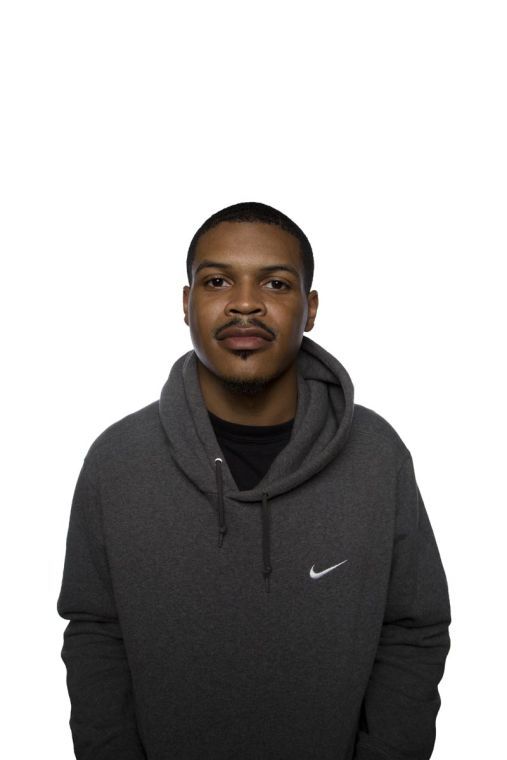NBA needs to introduce new age limit
March 3, 2014
T
he NFL requires a player be three years removed from his senior year in high school to be eligible for the draft.
The rule doesn’t require that those three years be spent in college, but it’s more than likely they are.
It makes the average age of NFL draft eligible players around 21.
The NBA requires players to only be one year removed from high school. As a result, the NBA has a number of players that are barely 19.
Get The Daily Illini in your inbox!
This discrepancy in age causes problems.
Most glaring is the quality of play and lack of developed players. It’s not fair to compare football and basketball players. It may not even be completely fair to compare juniors and seniors entering the draft to freshmen.
There is still one thing that cannot be ignored: time.
Even if a college football player redshirts one season, he still has three years in a college system. That’s three years spent learning the game; three years growing into and developing his body.
Granted there are physical specimen in college basketball and football that could probably jump right into their respective professional leagues, the reality is that they are few and far between.
A lot of players could benefit from more time at the collegiate level.
NBA general managers have used the term “upside” ad nauseam. Upside is their justification for drafting — and to some point convincing — college kids to the NBA after one year on the collegiate level. They float this word around in hopes the player will develop into whatever vision they have created. If it doesn’t look promising after a few years, management quietly dismisses them. After all, it is a business.
Is there some specific workout regiment for these players with upside? Is constant individual attention placed into these players daily to assure they are developing like you would have at the college level?
Just a guess, but I’m going to say no. A multi-million dollar organization doesn’t have time to tend to the development of one player between balancing payroll, game preparations and managing the super egos that exist.
The end result: a lesser quality of play that is evident in the arena.
Maturity becomes a question when allowing these 19-year-olds in the NBA.
Obviously, there is no scale to measure maturity. The conversation can go on forever, but there is no debating that 19 is 19.
Consider the timeline of events in a 12-13 month span for some of these kids. They go from prom to the dorms to signing a multi-million dollar contract.
Many of these young players have never had a job or an apartment, and now they’re asked to manage millions. Staying in school three years doesn’t guarantee a different outcome. Three years away from home with responsibility could make a difference, though.
It’s no secret that money management is an issue among athletes. I’d argue that 19-year old millionaires are the most volatile taking into account their lack of maturity and life skills.
Between the awe of more money than they’ve ever seen, bad investments, family, entourage and maintaining a lifestyle they assume they’re supposed to live, the money goes quickly.
If the player doesn’t make good on his “upside” and is released, what’s next for him?
An argument that’s been picking up steam these past few months is changing the rule to two or three years removed from high school, effectively requiring the players to be nearly 21 to jump to the NBA.
There are some — Kentucky’s coach John Calipari — who believe it would be effective to change the age limit if the athletes were paid. That’s an entirely different discussion altogether.
An interesting note that favors raising the age limit came from Dallas Mavericks owner Mark Cuban.
Cuban argues that it is questionable whether a lot of these one-and-done players actually go to class. There is also the hypocrisy of categorizing one-and-done players as student-athletes if they only go to class for a semester.
Raising the age limit not only raises the quality of play, but it puts more students in positions to earn degrees. Even if the minimum were two years, it would allow the student-athlete to complete half of his degree, leaving the door open should he decide to complete it later.
As far as the college basketball landscape, it could have great effects there as well. Two or three years with top-level talent make it easier to build programs. It may also level the recruiting scene. Players won’t make their choice based solely on jumping straight to the NBA, but overall what program allows them to excel and grow into an adult.
The NBA’s new commissioner Adam Silver will have his hands full sorting through this one.
Spencer is a senior in LAS. He can be reached at [email protected].







